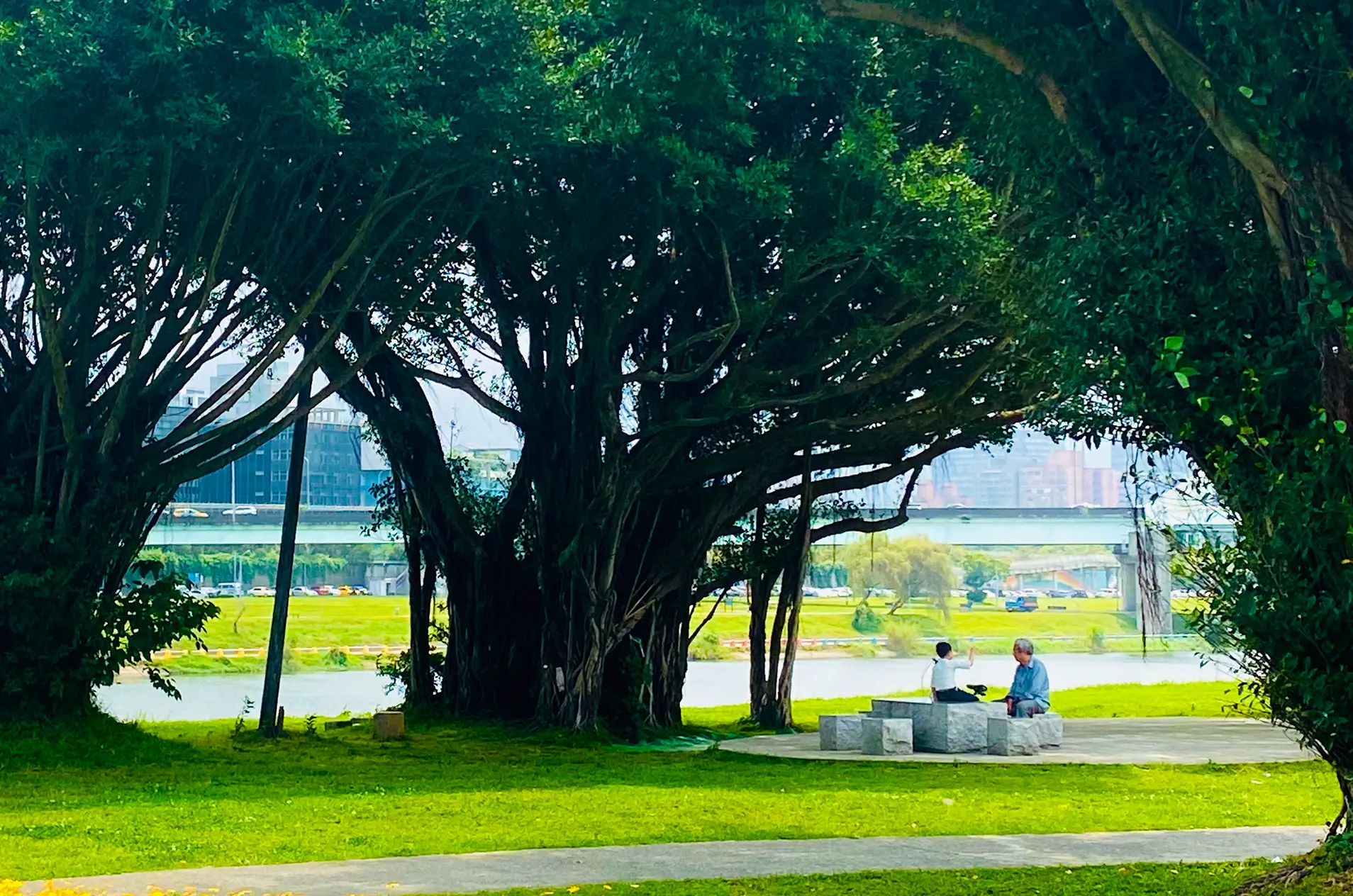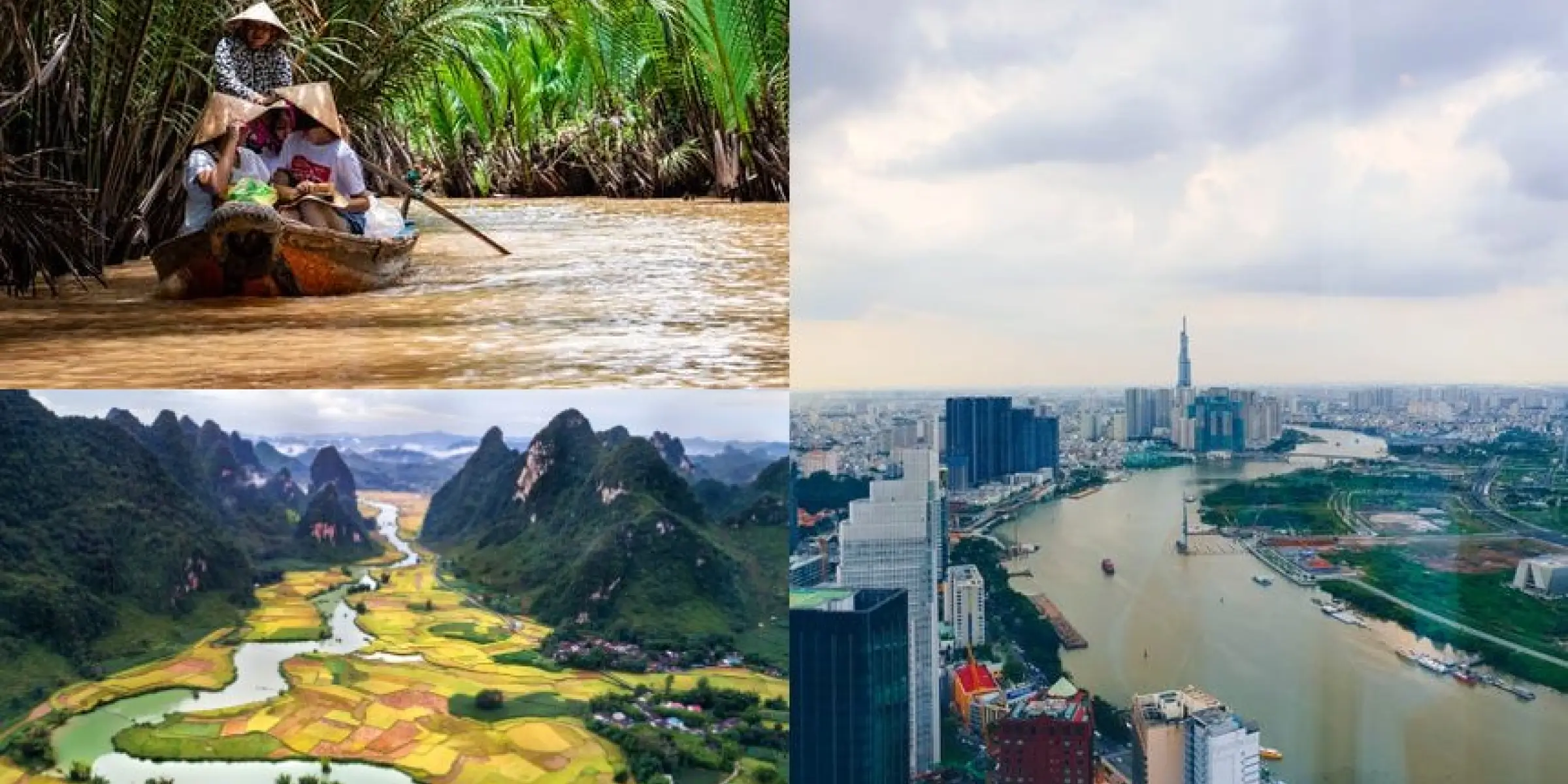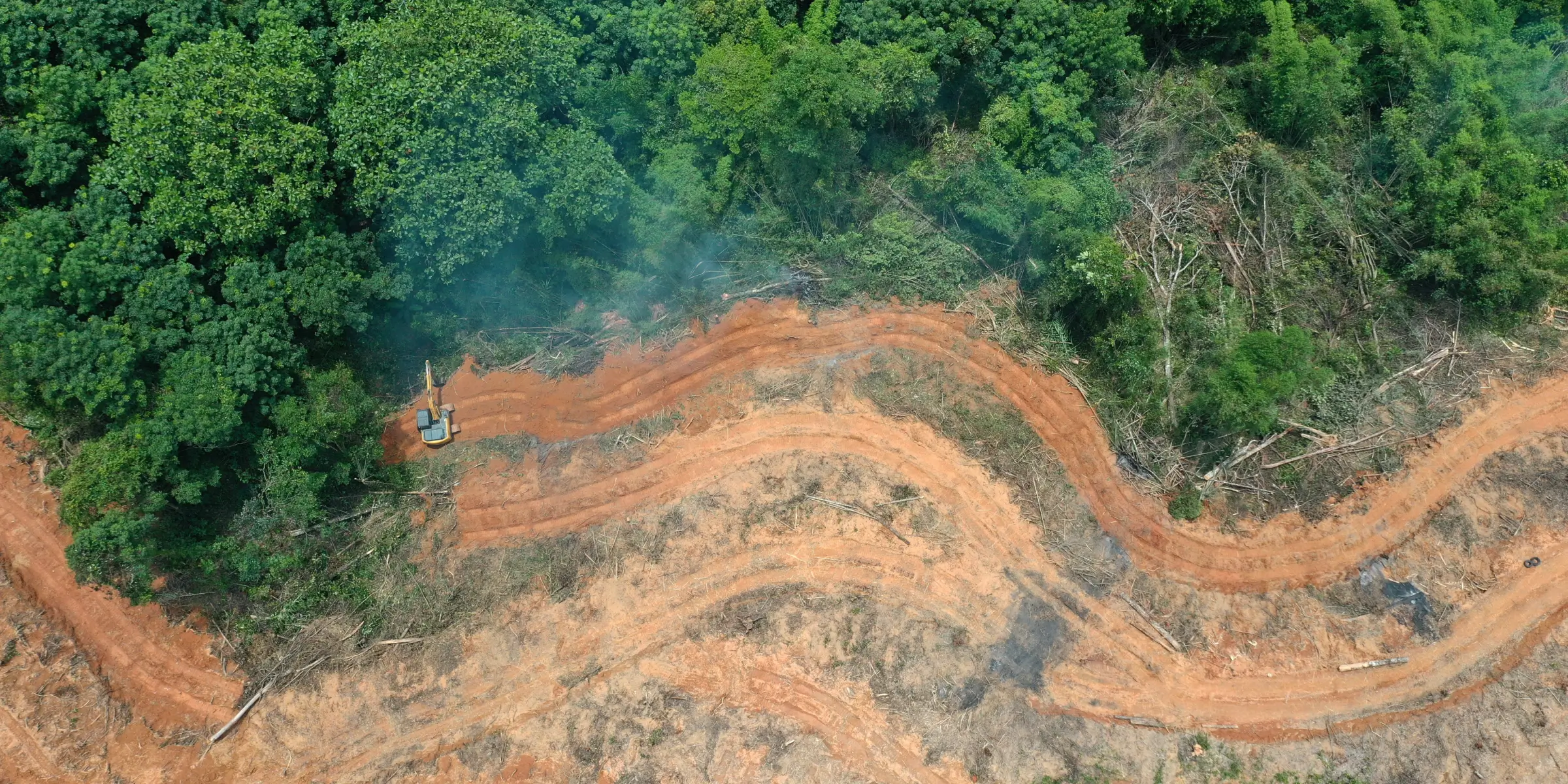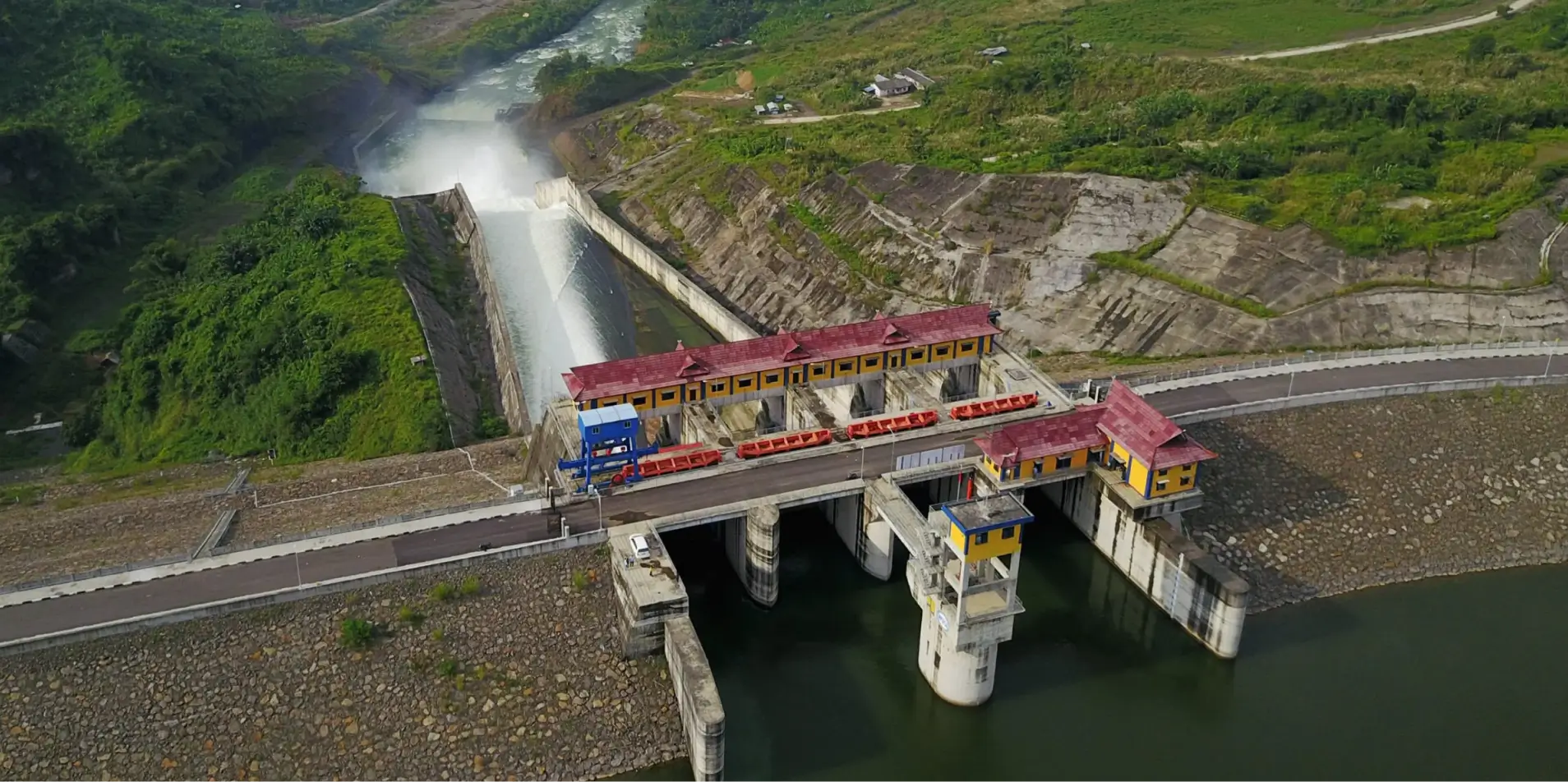Park rangers in Thailand’s Kaeng Krachan National Park have documented a rare purple “panda crab,” a discovery that has excited biologists and conservationists while underscoring the fragile biodiversity of Southeast Asia’s forests.

Affectionately dubbed the “Sirindhorn” or “Princess Crab” in honor of Princess Maha Chakri Sirindhorn, the species is being hailed as both a scientific marvel and a symbol of ecological stewardship.
Despite the significance of the find, mainstream media has given it scant attention. Beyond the Times of India, coverage has been limited largely to a handful of specialist outlets such as Popular Science—a surprising omission given the discovery’s implications for conservation in one of the world’s most biodiverse regions.
As reported in the Times of India, the small and elusive crustacean is part of the genus Lepidothelphusa, typically known for panda-like black and white markings. But this sighting was anything but typical. Its striking violet hue paired with pale white accents rendered it almost otherworldly, earning reactions that ranged from “alien-looking” to “a precious gift from nature.”
Officials and environmentalists emphasize the need to balance tourism with habitat protection, especially as climate change and human activity pose increasing threats to biodiversity hotspots.
First described over a century ago, the panda crab went largely unobserved until the late 20th century, when it reemerged in Thailand’s Ngao Waterfall Park. The species—semi-terrestrial and seldom seen among damp forest streams—has remained mysterious to researchers.
This latest appearance, captured just prior to the close of the tourist season in late summer, highlights the ecological significance of these aquatic habitats, which teem with undiscovered biodiversity. In Borneo alone, scientists have identified at least six distinct Lepidothelphusa species inhabiting areas as small as a few square miles—a testament to the region’s hidden natural richness, according to Impactful Ninja.
But the purple panda crab isn’t just a photogenic marvel—it’s a biological bioindicator. Its presence signals environmental health, indicating the stability and humidity of its forest-stream habitat. Since 2019, Thailand has legally protected the panda crab, recognizing its role in environmental monitoring and the fragile ecosystems it represents.
A Tiny Crab with a Big Conservation Message
The discovery reverberated across social media and scientific communities, igniting a renewed conversation about conservation in Thailand’s UNESCO-listed forests. Officials and environmentalists emphasize the need to balance tourism with habitat protection, especially as climate change and human activity pose increasing threats to biodiversity hotspots.
In a landscape often dominated by megafauna, the purple panda crab reminds us that even the smallest creatures can inspire global awareness—and urgent action.





